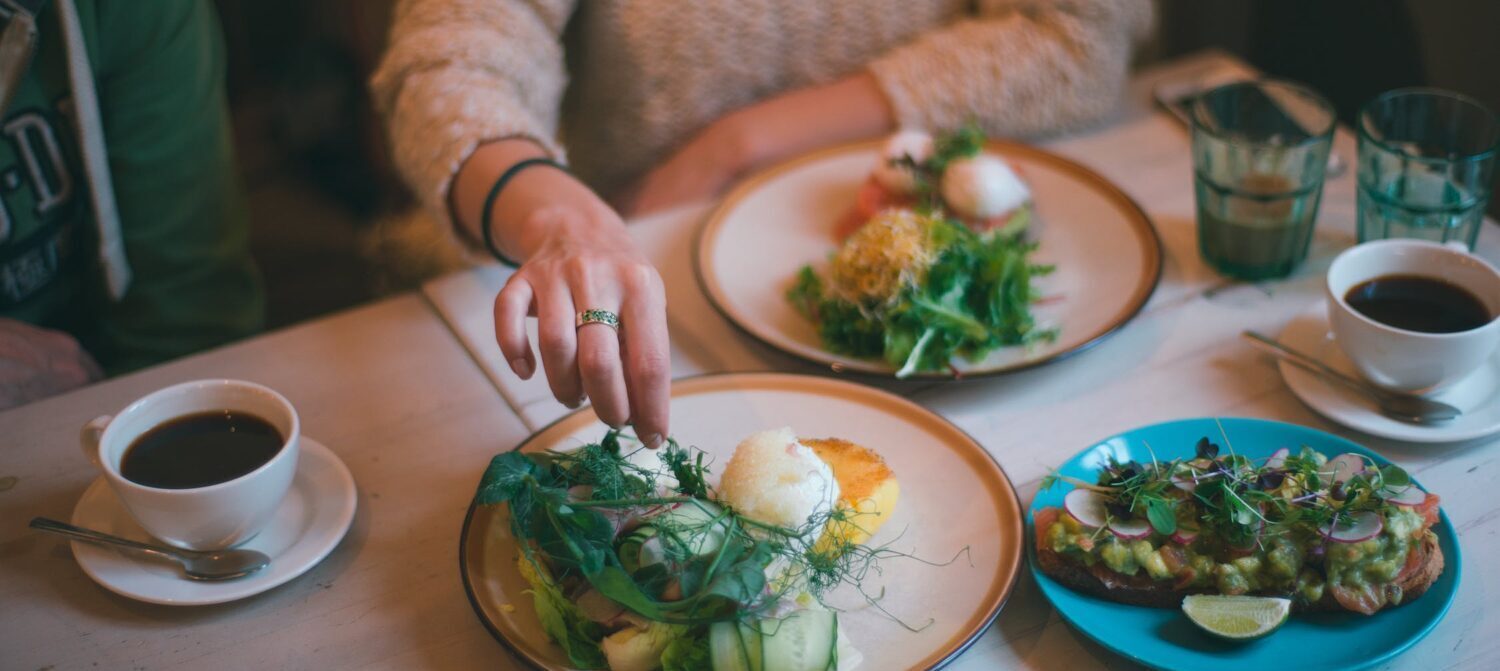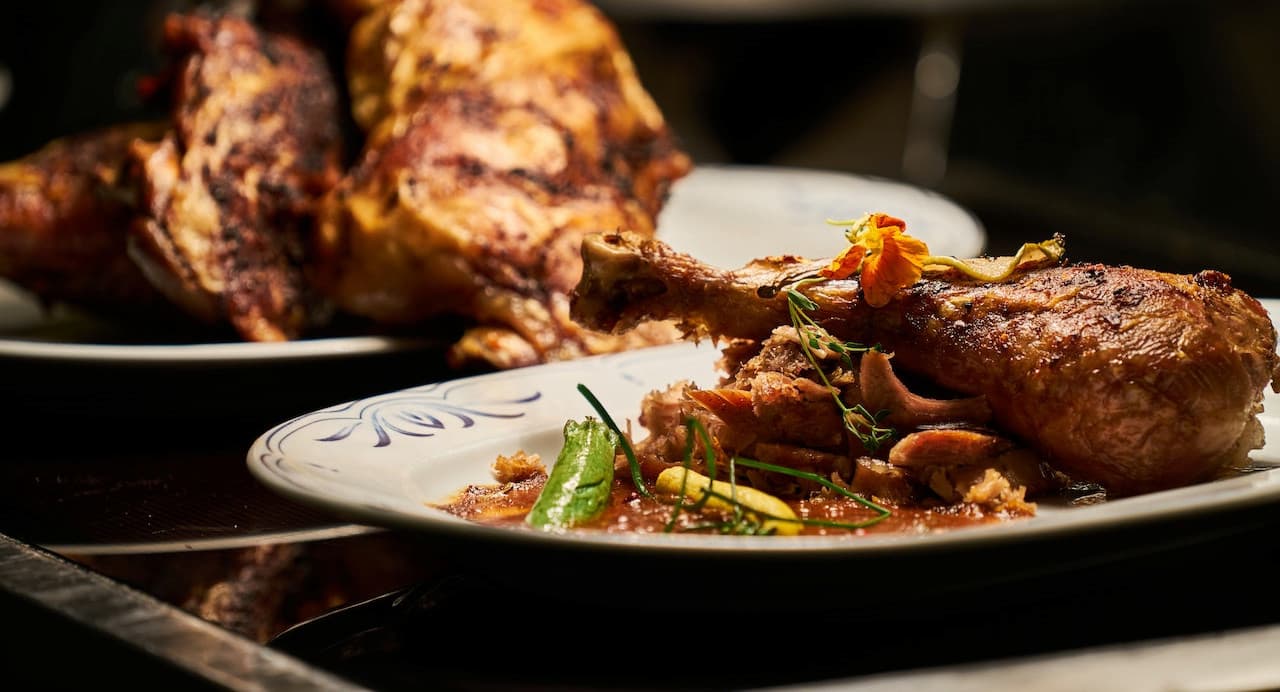How a restaurant’s design affects the list of dishes it serves
When we think of restaurant design, we typically focus on how it affects the atmosphere and diners’ experience. But restaurant design plays a big role in another area as well: the list of dishes served. When carefully considered and executed, restaurant design can have a profound influence on what types of dishes are offered. Restaurants have varying levels of space for both guests and staff, different equipment and appliances to work with, and unique themes that any dish list must fit into. All of these factors – along with the restaurant’s location – will determine which menu items are best suited to its environment. If a restaurant is small and super busy, it may not be able to offer complex meals; whereas if it’s large with a slower flow of customers, it can experiment with more elaborate preparation techniques. Designing around all these elements allows the restaurant to maximize its potential and offer creative meals made expressly to fit the description. The restaurant’s design truly adds depth to its menu – they simply couldn’t be the same without it! With all this in mind, an experienced restaurant designer is invaluable when bringing a restaurant concept to life, because their work directly influences every aspect of what shows up on the plates. Ultimately, restaurant design works hand-in-hand with food selection to provide diners with exactly what they’re looking for – an enjoyable dining experience!
Dishes that have passed through the ages and are still relevant. How to adapt classic dishes to restaurant design
The dishes that have passed through the ages and remain relevant prove just how timeless culinary creations can be, as dishes that have been around for centuries continue to earn a spot on menus inside restaurants of all sorts. Like classic dishes, modern restaurant designs also span numerous eras, but it’s often the classic dishes that bring back memories while still having a strong presence in today’s food scene. To adapt classic dishes to a modern restaurant design, take cues from the atmosphere: Are the walls vintage-inspired? Are the seating arrangements meant to overload customers with comfort? The design should dictate what dishes should be served – and how they must be interpreted. Classic dishes are more than just recipes; they represent an entire culture and carry tremendous weight in terms of culinary history. Taking time to consider a restaurant’s cultural impact and keeping dishes true-to-form will help patrons feel truly connected with authentic dishes from across generations. Doing so also has a great story-telling element that helps bring clients back time after time. Through carefully considering how dishes evolve within their design context, chefs are able to walk guests through times past, offering classic dishes that remain evergreen among today’s restaurantgoers. By taking design cues from each dish itself, chefs can ensure that the look and feel of these classics lives up to its renowned reputation – no matter its age!
What can be the advantage of cooking on fire in the dining room with customers?
Cooking on fire in the dining room with customers can be an advantage for many reasons. The first advantage is that it creates an immersive experience for diners since they are able to watch the food being prepared in front of them instead of out of view in a kitchen. This interaction also allows chefs to be sure that diners are enjoying their meal and they can tailor the food to their individual preferences. Additionally, cooking over a flame adds flavor and texture that is unique compared to using other methods like microwaves or ovens. Finally, having the option of cooking on a fire can help give a restaurant an edge as customers may both enjoy the interactive experience and find additional value in getting something different than what they usually get at home or at other establishments. Thus, cooking on fire could potentially become a major advantage when it comes to providing an enjoyable and memorable experience for restaurant guests.
The top 3 tricks which will help a restaurant to satisfy even the most sophisticated critic
Are you looking for top tricks to keep even your toughest restaurant critics happy? Then look no further! These top three tricks will help satisfy even the most sophisticated diner, and have them coming back to your establishment time and time again.
1) Emphasize quality in everything that you do. This means top-of-the-line ingredients, careful preparation techniques, and knowledgeable staff who can explain various menu items to customers.
2) Focus on presentation. Plated meals need to look inviting and appetizing, particularly for those more discerning palates.
3) Ensure top-notch customer service from the moment guests arrive until they leave the premises. Kindness goes a long way with even the most particular diners.
With these tips in mind, you can start transforming your eatery into one of the top spots to satisfy even the most sophisticated critic! Impressing patrons is truly within reach – all it takes is a bit of creativity and dedication! So don’t forget – with these top three tips at the forefront of your strategy – you’ll be able to confidently serve up dishes that could impress any critic!
Techniques without which no great kitchen can survive
A great kitchen needs techniques, techniques which are essential if it is to survive and become the best that it can be. While there are many techniques employed in the kitchen, there are some without which no great kitchen can survive. Knife skills are an absolute must-have. From dicing vegetables to butchering a chicken to even filleting a fish, a skilled use of knives is an irreplaceable asset. Understanding temperatures is also a cornerstone of any great kitchen. Temperatures too low or too high can mean disaster, while correctly understanding and controlling heat enables chefs to turn humble ingredients into delicious dishes. Understanding techniques such as braising, glazing, pan searing, deep-frying allows for greater control over ingredients, whether relatively simple or complex. Understanding techniques provides very valuable insight: what works and does not work; when to cook something quickly or slowly; how to better understand flavor profiles and techniques for presentation along with techniques for plating can have a huge impact on the overall quality of any dish. Techniques like these form the basis of every master chef’s craft and as such are essential for any great kitchen to ensure survival.








 Our restaurant is tasty in any weather – you can enjoy the fresh air on our terrace with a beautiful view or you can sit comfortably inside the restaurant, where you will find a cozy interior and friendly staff! After all, we do everything from the heart!
Our restaurant is tasty in any weather – you can enjoy the fresh air on our terrace with a beautiful view or you can sit comfortably inside the restaurant, where you will find a cozy interior and friendly staff! After all, we do everything from the heart!